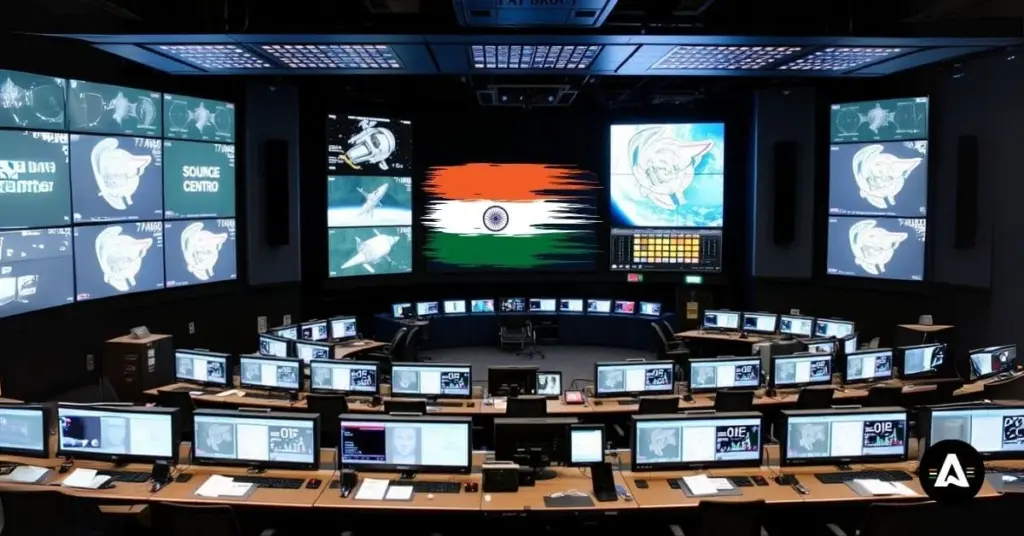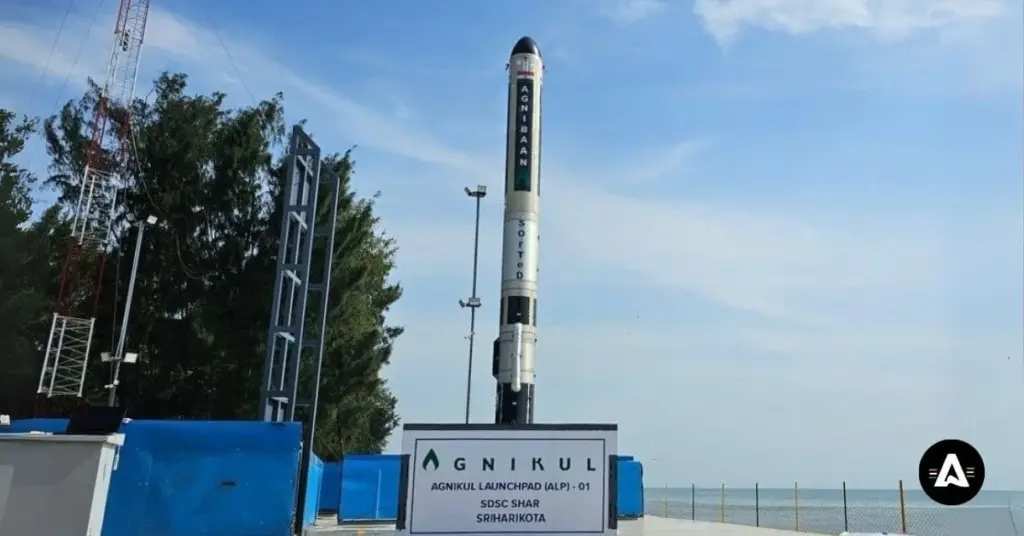Exploring Pixxel: The Future of Hyperspectral Imagery
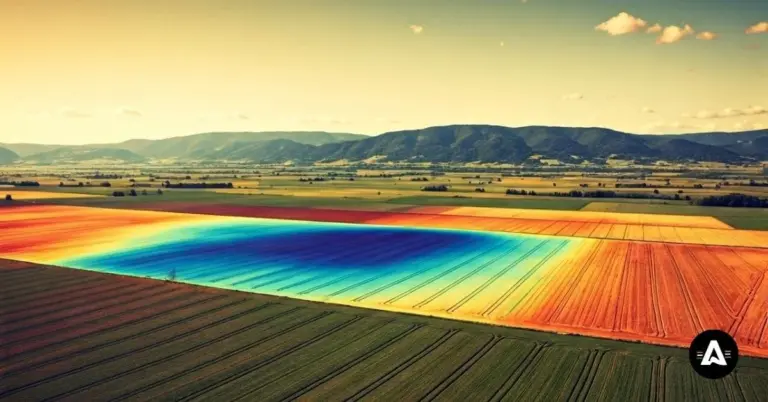
Pixxel, a spacetech startup in Bengaluru, is getting a lot of attention for its advanced hyperspectral imaging satellites. These satellites are changing the way people look at earth observation.
The main group of satellites, called Fireflies, has the world’s best resolution for hyperspectral imaging. These are built to help with agriculture, looking at climate change, and several other uses.
Pixxel’s Aurora platform uses artificial intelligence and machine learning. It takes earth observation data and turns that into insights people can act on.
They work with big groups like NASA and ISRO. These partnerships help Pixxel stand out both in India and around the globe.
With more than $95 million in funding, Pixxel is now one of the top hyperspectral imaging startups in the world.
Introduction
Imagine you could find hidden dangers with a lot of precision. That is what hyperspectral imagery lets you do. In Bengaluru, the spacetech startup Pixxel leads in earth observation by using hyperspectral imaging. Their hyperspectral satellites give very detailed images that help in agriculture, climate checks, and other fields. Pixxel brings together hyperspectral imaging and new ideas to change the way people use satellite imagery. This startup is now seen around the globe. So, are you ready to see how they are part of the future of hyperspectral technology? Let’s see more about their story.
The Rise of Pixxel in India’s Space-Tech Sector
Pixxel is the first private Indian company that works with hyperspectral imagery. The company is changing a lot in the Indian space-tech sector and earth observation. Pixxel and the Indian Space Research Organisation, or ISRO, work together to make satellite operations better. They want to improve the precision of all earth observation and move this field forward.
This startup has already sent test satellites into space. These launches help to build groups of commercial satellites for the future. India gives a helpful place for satellite operators to work, and Pixxel is a key part of the country’s plan to grow in space-tech. Pixxel helps India move ahead in earth observation and other new areas.
Startup Story and Vision
Pixxel’s story began in 2019. The company started with two co-founders, Kshitij Khandelwal and Awais Ahmed. They were both students at BITS Pilani. While they were studying engineering, they saw that there was a need for better satellite imagery. They also noticed that there was a big gap, especially in the area of special spectral data. The challenges in space innovation made them feel excited to do more. This led them to set up Pixxel in Bengaluru. Their goal was to use hyperspectral imaging to help close this gap.
They knew what they wanted to do from the start. Their goal was to build satellites that could show deep spectral details. These are things that most people can not see with the naked eye. They worked hard to come up with answers for problems like climate change, farming, and how we use our resources.
With Awais Ahmed in charge, Pixxel sent its first satellites, including one called “Shakuntala,” into space. These satellites showed what their new imaging ways can do to help. The founders keep working to make Pixxel a big part of space exploration. At the same time, they want to use what they learn from hyperspectral imaging to help the Earth and deal with some of the problems people face.
Key Milestones in Pixxel’s Growth
Pixxel’s growth stands out because of some big wins. Here are the company’s key moments over time:
Month | Milestone Description |
|---|---|
April 2022 | There was the launch of “Shakuntala,” which was India’s first private hyperspectral imaging satellite sent up with SpaceX. |
November 2022 | ISRO put Pixxel’s “Anand” satellite into space on the PSLV-C54 rocket. This was done from Satish Dhawan Space Centre. |
January 14, 2025 | There was a successful rollout of Firefly satellites as part of SpaceX Transporter-12 at Vandenberg Space Force Base. |
These events show the strength of Pixxel’s new technology in earth observation and hyperspectral imaging. The company keeps making new partnerships and finding new ideas. Because of this, Pixxel is changing how people look at earth observation from space.
Understanding Hyperspectral Imagery
Hyperspectral imaging gives you more than what standard satellite pictures offer. It looks at many different spectral bands in the electromagnetic spectrum. Instead of just making one image, it creates hyperspectral data cubes. These cubes show very detailed information about things and places on Earth.
Satellites with hyperspectral imaging can pick up unique spectral signatures that other systems do not see. This is good to use in things like farming and finding problems that come from changes in climate. The detailed information from this technology gives people what they need to make better choices. It helps them come up with good answers for problems. This makes it easier for people in different areas to handle things in the environment and act in the right way.
What Sets Hyperspectral Apart from Traditional Satellite Earth Imaging
Hyperspectral imaging gives you more detail than basic multispectral satellite imaging. It does this by checking hundreds of spectral bands, not just several. These bands run across the whole electromagnetic spectrum. Because of that, you get much more information than what old-style imaging can show.
For example, hyperspectral sensors work with unique spectral signatures. This helps them spot small changes, problems, or defects that people cannot see with the human eye. You can use this to tell one plant from another or to see pollution. Hyperspectral imagery helps to keep track of things and know what is going on.
Multispectral satellites can only see a few colors, such as red or green. But hyperspectral satellites show the full range of colors, almost like a fingerprint, for the things they look at. This helps people in farming and mining use this detailed data from hyperspectral satellites to help them make better decisions.
Global Relevance and Indian Applications
Hyperspectral imaging is used all over the world. It also meets some important needs in India. This technology gives you real-time data and uses precision analytics. So, it is key for many different applications.
- Urban planning is easier and works better when there are good and precise maps of things like roads or buildings.
- Farmers in India get better crops because this technology shows problems with crop health and helps find out where plants need more food.
- The Indian government gets the important information it needs to act fast during natural disasters.
- It also helps to check the environment and keep better track of pollution around us.
These use cases show the way hyperspectral imaging fits in with India’s plan for growth. It opens up new ways to solve real-world problems. This is true not just in India, but in other parts of the world too.
Pixxel’s Technological Innovations
Pixxel is working on earth observation by using small satellites. These satellites use hyperspectral satellites and advanced remote sensing tools. They take images with much more detail. This makes it better and easier for people to see and study the earth.
Pixxel uses data from its hyperspectral satellites and connects it with analytics from Aurora’s platform. This way, people can solve big problems in climate monitoring, farming, and other fields. The very good accuracy of this technology helps people make better choices. Because of this, Pixxel is a leader in the space-tech world.
The Firefly Satellite Constellation
Pixxel’s “Firefly” constellation has many satellites that use hyperspectral imaging. These satellites go around Earth in low earth orbit. The Fireflies give real-time data that is very clear and detailed. Their high precision is hard to get from other earth observation, tools. People in many industries use them for their work.
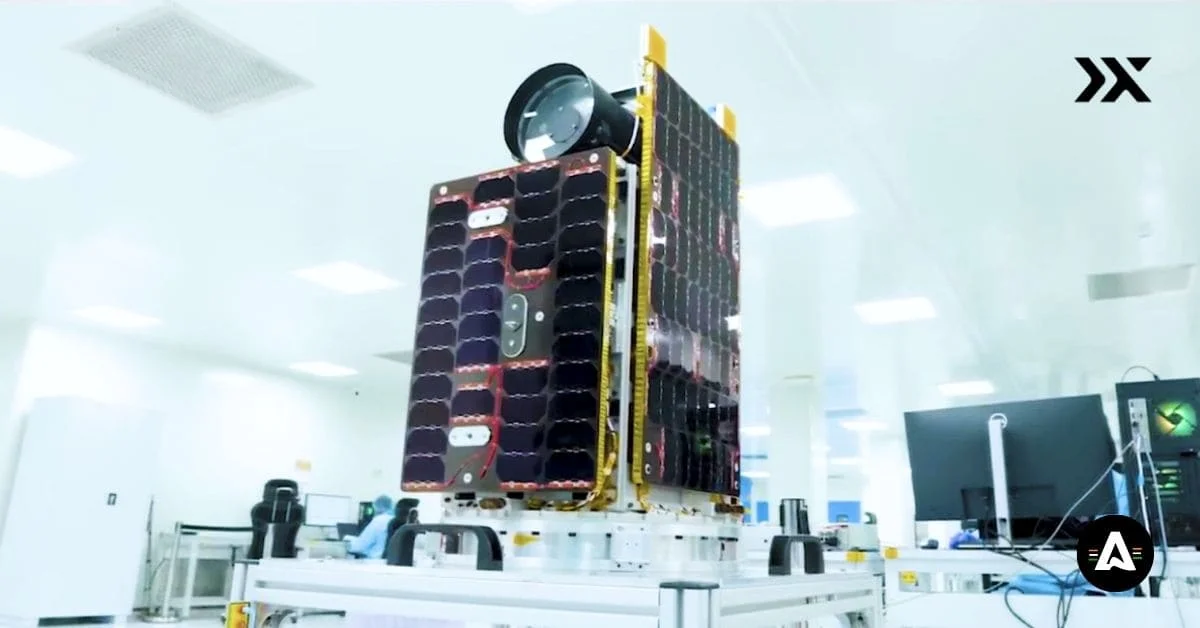
Each Firefly satellite comes with advanced cameras. These cameras see things that normal sensors miss. This helps them pick up more colors and details. The Fireflies be useful for farming, handling disasters, and finding resources. These satellites change the way we work with earth observation. They help us do more things now.
The Firefly satellites, backed by strong launch vehicles such as SpaceX’s Transporter missions, make it clear that Pixxel wants to find new ways to watch and look after the planet. With this mission, Pixxel is building everything we need for a better and safer way to keep track of Earth for everyone.
Aurora – Next-Generation Data Platform
Aurora is the new earth observation platform from Pixxel. It is made to help people use and understand hyperspectral imaging data. The platform uses artificial intelligence and machine learning. This lets it turn large sets of information into helpful insights.
The no-code interface in Aurora is made for everyone to use. You do not have to have tech skills to start with it. It lets people use earth observation data in their work without any trouble. Aurora also has a marketplace. You can find models and indices there, and they help you make choices quicker.
When you use Aurora along with Pixxel’s satellites, you get strong analytics in different industries. This platform lets you work with more precision. It also makes it easier to find better ways to reach global and lasting answers to problems by using earth observation.
Core Offerings and Products
Pixxel offers earth observation data taken from its hyperspectral satellites. These satellites are in space and take detailed pictures of earth. They can show things that you cannot see with your naked eye. The images have much more information than normal pictures.
Pixxel gives you high-resolution images. It also has analytics by using Aurora. These tools help people in agriculture and those who work on climate change. You get all the data you need to make better decisions in your work.
High-Resolution Hyper spectral Satellites
Pixxel’s hyperspectral satellites help to get better earth observation data. They have high spectral resolution and can catch unique signs with great accuracy. The satellites work in both VNIR and SWIR bands. Because of this, they show 50 times more information than other usual imaging technologies. With these new hyperspectral satellites, people get a much clearer look at our world.
The satellites can spot small defects and little changes that people often miss. This is very helpful for looking at crops or checking buildings and roads. These satellites are made to be cost effective and have strong imaging abilities. Because of this, more people can get detailed and top-quality earth observation data. This gives everyone better earth observation and helps us see more about what is really happening on the ground.
This strong focus on good imaging helps many industries that need to take care of their resources. When you look at how these satellites can be used, you can see the big impact that Pixxel has made.
Earth Observation Studio
Pixxel’s Earth Observation Studio, Aurora, helps make working with hyperspectral data much easier. The platform has simple tools that let users get insights from hyperspectral data cubes fast.
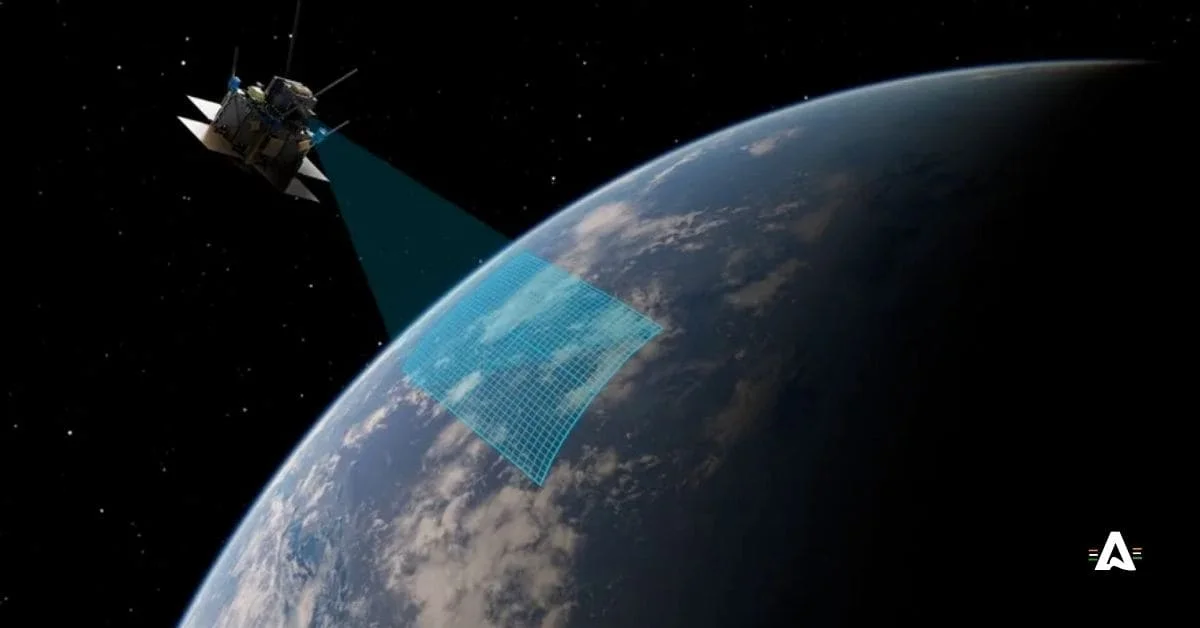
With strong analytics features, people in policy and other industries can get detailed information. You can use Aurora for things like watching the environment or to make supply chains work better. Aurora lets you see the data clearly, making it easier for you to make good choices that matter.
Aurora gives industries simple analytics. It helps with earth observation and real-world needs. This tool makes it easy to get useful answers from data. Aurora is a good choice for people who want clear earth observation analytics.
How Pixxel Supports Key Sectors
Pixxel uses hyperspectral imaging to help many different areas. You can see this in farming, climate studies, and even in health care. The technology lets people look at crop health with great precision. It also helps find stress in the environment. With this, people get new ways to see and use data for better results.
The company works on solving problems like knowing how much crops will grow and checking the level of pollution in an area. This lets people use what they have in a better way and helps get good results that stay around for a long time. By looking at what each area needs, Pixxel shows that its new ideas can make a real change. This can help things here and around the world.
Agriculture: Crop Health, Yield Prediction & Sustainability
Pixxel brings precision to how people farm in India by using hyperspectral data cubes. These tools help solve some big problems in the farming world.
- The data lets people see how the crops are doing up close. This helps to find pests and diseases early.
- It can help with better yield prediction by using advanced spectral analysis.
- Farmers use this information to follow farming ways that match the soil and nutrients. This makes what they do more sustainable.
With this way, Indian farmers get tips they can use right now. This helps them move towards good growth in the farming sector. Pixxel’s precision tools for farming help farmers get the most from their work, and also protect their valuable resources.
Environmental Monitoring & Climate Change Insights
Pixxel uses hyperspectral imaging to help us watch the environment. The company gives us key details about climate change. With these tools, we can find out how much gas is in the air. We can also check for pollution and know when plants are feeling stress by using spectroscopy.
Pixxel cares about our health and the health of the planet. The data from Pixxel helps people take steps to deal with climate change and other problems. For example, its satellites can spot parts of a forest that are being cleared. The data can also show if businesses are harming the world. Pixxel gives clear and detailed information. The company’s work helps fight climate change and protects the environment for everyone.
Strategic Partnerships and Collaborations
Pixxel works with many partners to get its work out to people all over the world. By teaming up with groups like NASA and ISRO, they help bring new ideas to satellite imagery. These partnerships give more support and money, which helps them make progress in remote sensing.
Pixxel works with many other companies in the aerospace industry. They even do research with top groups like Bellatrix Aerospace. This shows that Pixxel has a big role in different areas. These strong ties mean that Pixxel works hard to bring new ideas and do good things for the world in satellite technology.
Government Alliances (ISRO, iDEX, NRO, NASA)
Strategic collaborations help Pixxel and government organizations build better hyperspectral imagery. The Indian Space Research Organisation (ISRO) gives a big helping hand. It provides launch vehicles and lets hyperspectral satellites use its infrastructure. This helps the work of earth observation move forward.
Working together with world groups, like NASA and others such as IDEX and NRO, opens up more research chances. These partnerships help with urban planning and let teams track climate change. With these agreements, Pixxel gets to use more resources, new technology, and machine learning. It supports new ideas with real-time data.
Industry Partnerships and Research Collaborations
Pixxel works with the best in aerospace, such as bellatrix aerospace and astrogate labs. The company brings new ideas that help make geospatial data more helpful. Pixxel also teams up with people in the energy, mining, and agriculture fields. This way, they can give better solutions to each area. Working together helps them offer the best results to their users.
These partnerships help the teams do more R&D on payload designs and make strong satellite systems. With these team efforts, imaging tech gets better, and there is a chance to try out new ways to work. Pixxel puts itself at the front of all this. The company uses these links in aerospace to become a leader that works with teams across the world.
Funding, Investment, and Market Position
Pixxel has proved that it can be strong in this market by getting steady rounds of funding. Since the company began, Pixxel has gathered $95 million. This money has come from investors like Blume Ventures and Google.
Getting this much money means Pixxel is a big name in hyperspectral imaging. The company wants to keep finding new ways to grow. It will also try to stay ahead of others in this field.
Major Investors and Funding Rounds
The table below shows the main funding rounds for Pixxel:
Round | Amount Raised | Key Investors |
|---|---|---|
Seed (August 2020) | $8 Million | Blume Ventures, Omnivore VC, others |
Series A (March 2022) | $27 Million | Seraphim Space Investment, Sparta LLC |
Series B (December 2024) | $60 Million | M&G Catalyst, Glade Brook Capital Partners |
These funding rounds show that Pixxel is able to get investors from all over the world. This means the company is becoming a strong name in hyperspectral satellite imaging.
Pixxel’s Competitive Edge in the Indian NewSpace Ecosystem
Pixxel brings together new ideas and makes using space tech easy in India. The company uses hyperspectral technology. This helps get good images for things like climate action, farming, and energy. Pixxel wants to help people in india with their new way of taking pictures from space.
Pixxel’s satellites are not the same as the other ones you see. They give very good spectral resolution. This means people can get a clear look at things and watch with more detail. The company’s whole system is there for many industries. It gives them real-time data, so they can make good choices that really matter.
Pixxel has good infrastructure. This helps it stand out from other companies. It helps Pixxel lead the way for new space work in India.
Awards, Recognitions, and Industry Impact
Pixxel has been given a lot of praise for its work in earth observation and hyperspectral imaging. The company was picked as one of TIME’s 100 Best Inventions of 2023. In 2024, Pixxel also became a WEF Technology Pioneer.
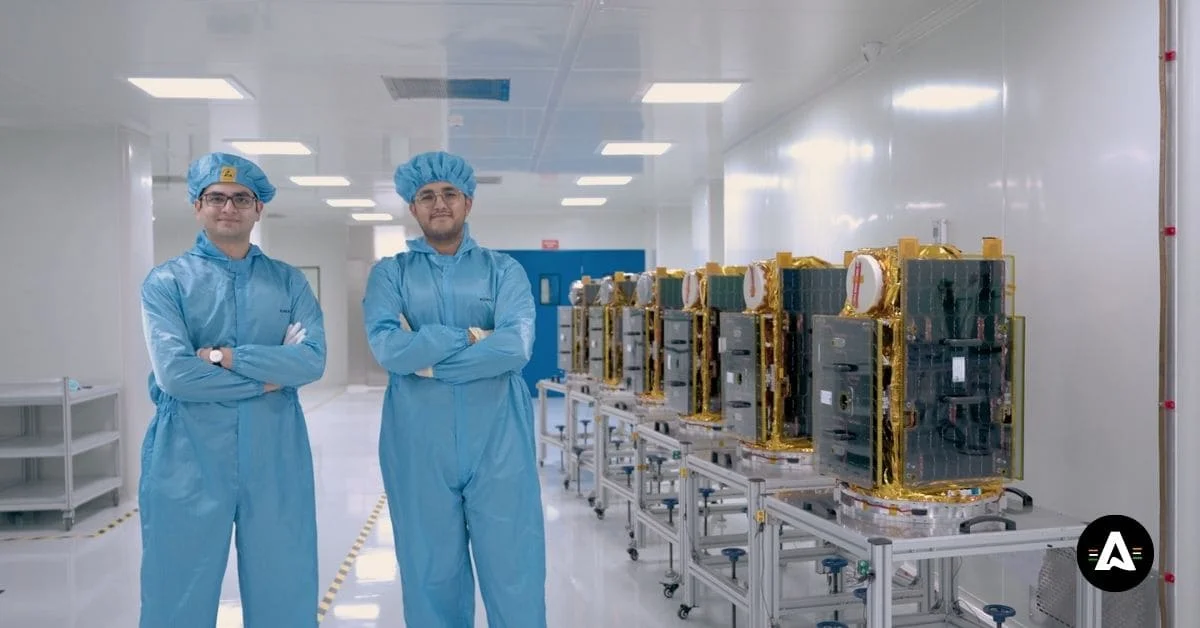
These awards show that the company is doing well in earth observation. The awards also mean that Pixxel helps to guide new ideas and changes in the field. Pixxel continues to make an impact by reaching big goals in the industry.
National & International Honors
In the country, Pixxel’s work has got a lot of praise. Awais Ahmed got the Forbes 30 Under 30 award. All over the world, TIME and Fast Company have said good things about Pixxel’s new ideas too. They put its satellites for pictures on their list of top products.
These awards help people see that Pixxel can be trusted in many ways. They make people look at satellite images in a new way. Because of this, Pixxel gets noticed not just in its own country, but in other countries too. This has put Pixxel and Awais Ahmed at the front for coming up with new ideas in this field.
Influence on Space-Tech Policy and Innovation
Pixxel helps shape space-policy by asking for new rules that support satellite projects. The company’s award-winning imaging tools give governments what they need to make systems that do very close analysis.
Pixxel is an important company in India when it comes to making rules about hyperspectral technology. This company leads with new ideas to help different industries work together. By doing this, Pixxel gives people what they need to help make a better and more lasting future for all of us.
Conclusion
In the end, Pixxel is becoming well known in the space-tech field because of its new ideas in hyperspectral imagery. The company uses high-resolution satellite technology and works with other people and groups. With this, it helps make farming better and watches the environment more closely. Now, Pixxel is a big name in many places in the world. As Pixxel grows and keeps making new things, it will help shape how everyone uses satellite imaging for a long time. If you want to get ahead in this fast-changing area, you should look at what Pixxel can do and see how it works for you. Don’t wait. Be a part of the future in hyperspectral imagery!
Frequently Asked Questions
Yes, Pixxel is a startup from India, and it is in Bengaluru. This company is the first private business in the country to work with hyperspectral imagery. Pixxel works with ISRO and other satellite operators.
Pixxel was started by Kshitij Khandelwal and Awais Ahmed when they were students at BITS Pilani. They want to change the way people do earth observation. To do this, they use new hyperspectral imaging technology.
Hyperspectral imaging takes in detailed information by looking at many spectral bands. This is not what regular satellites do. With this method, people can spot unique spectral signatures that you do not see with the naked eye. It helps people monitor, study, and even make predictions in many ways.
ndian farmers can use hyperspectral imaging to see if their crops are healthy. It helps them know what is going on with the plants. The data can help them make better guesses about how much crops they can get. Farmers can also use this to see where the soil has more or less nutrients in their fields. This way, they know their soil better and can take good care of their crops.
Pixxel’s hyperspectral imaging lets people who farm be better to the earth. It helps them use new tools, so they can find better ways to farm. This can help them get more good crops. In the end, this is good for all of us.
Pixxel wants to make its group of hyperspectral satellites bigger. The company is trying to add new tech and ideas to what they do. Their plans will let them send more satellites to space. They also want to work with other groups in the world. Pixxel aims to make tools for earth observation better for many different fields.


